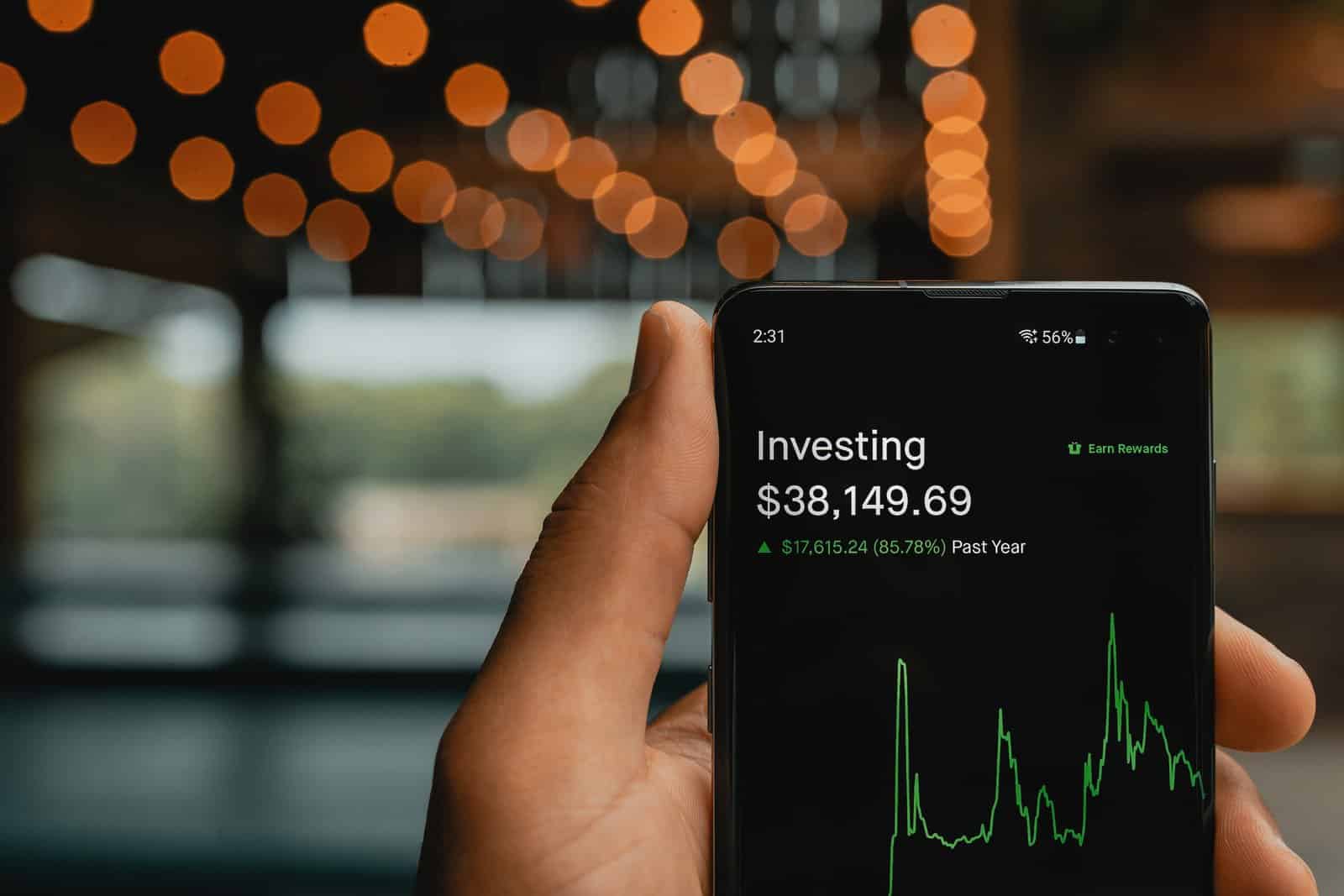The creation of cryptocurrencies in a decentralized system aimed to use them as untraceable and anonymous payments. However, since the dominating emergence of Bitcoin, cryptocurrency has been a functional part of most people’s everyday lives. Therefore, crypto has gained massive reach among individuals and businesses.
Cryptocurrencies can be used to place bets, especially if you consider wagering the NFL picks against the spread. They may be complicated digital assets, but understanding how cryptocurrencies function for transactions is relatively simple. Read on as we explore this comprehensive guide on crypto and how to use it.

What Is Cryptocurrency?
Cryptocurrency, or crypto for short, is a digital asset designed using a cryptographic technique to enable individuals securely use them for various purposes. It operates on a decentralized chain of networks not regulated by the government or financial institutions. Hence, people can buy, sell cryptocurrencies, and trade on their own terms.
Major Types of Cryptocurrency?
There are over 22,000 types of cryptocurrency traded from wallet to wallet. While Bitcoin is the first and most valuable cryptocurrency and the most traded, it differs from other crypto coins.
Other cryptocurrencies aside from Bitcoin are called Altcoins. While some may possess complete market valuation, some have lost valuation with the hope of regaining valuation in the bull season, and others are completely dead or worthless. If you’re interested in investing in altcoins, you can buy Ethereum with PayPal on some cryptocurrency exchanges.
Here are the most common types of cryptocurrencies that you can use for making daily online transactions:
- Bitcoin (BTC): The first, most popular, and most valued cryptocurrency. It can be used for carrying out huge financial or physical resource transactions.
- Ethereum (ETH): Second, after Bitcoin, and used to carry out financial transactions not supported by Bitcoin
- Cardano (ADA): Developed by one of Ethereum’s co-founders and a competitor to Ethereum
- Litecoin (LTC): Adapted from Bitcoin with the sole purpose of making payments more manageable
- Solana (SOL): Another Ethereum competitor, popular for its speed and cost-effectiveness
- Dogecoin (Doge): One of the coins valued by some industrial organizations but with a low market value
- Stable Coins: These cryptocurrencies are designed to reflect the value of regular world currencies such as the US Dollar. Stablecoins include Tether and USDT.
Purchase a Cryptocurrency
You do not need an account with any entity, exchange, institution, or company to purchase cryptocurrency. However, unless you’re familiar with setting up a wallet and exchanging cryptocurrency, it’s one of the more accessible and safer ways to get your hands on coins.
When you create an account and fund it for your crypto purchases, a validated exchange body such as Coinbase, Binance.US, Huobi, Kraken, or Gemini can get you started. You can exchange fiat money for cryptocurrency using a regulated cryptocurrency exchange. It will also provide additional features if you require them, such as storing your private keys or assisting you with technical issues.
The rates of most coins have tremendously risen; hence you may only be able to purchase them partially. However, you can buy in portions equivalent to the dollar amount you paid.

Open a Wallet
To make a cryptocurrency payment, you need a wallet application. Wallets are an interface for storing cryptos and assessing or exchanging them when required.
Your wallet does not store cryptocurrency; instead, it holds the keys required to access it(private keys).
Your wallet also contains a public key used in transactions; it functions similarly to an email address and is used to send and receive payments.
Send and Receive Payments
To send and receive payments, you’ll need to use your wallet. Because every wallet is unique, here’s how to make payment using the Coinbase wallet:
- Launch your wallet app.
- Select the Send payment or a similar button.
- Enter the amount to be sent.
- Enter the recipient’s QR code or wallet address.
- Select Send or a similar option.
You can receive payment by doing the following:
- Launch your wallet app.
- Select the Receive payment or a similar button.
- Select the Share Address or a similar option.
- When the payment appears in your wallet, accept it.
Some various platforms and individuals pay and receive payments via cryptocurrencies. When making payments or receiving payments, verify the network, whether on the Ethereum network, Binance (BNB) network, or Binance Smart Chain (BSC) Network.